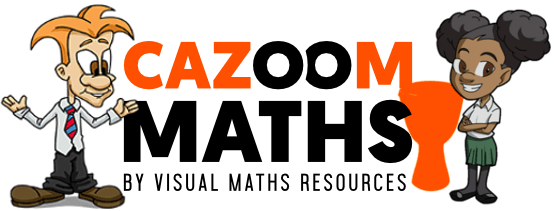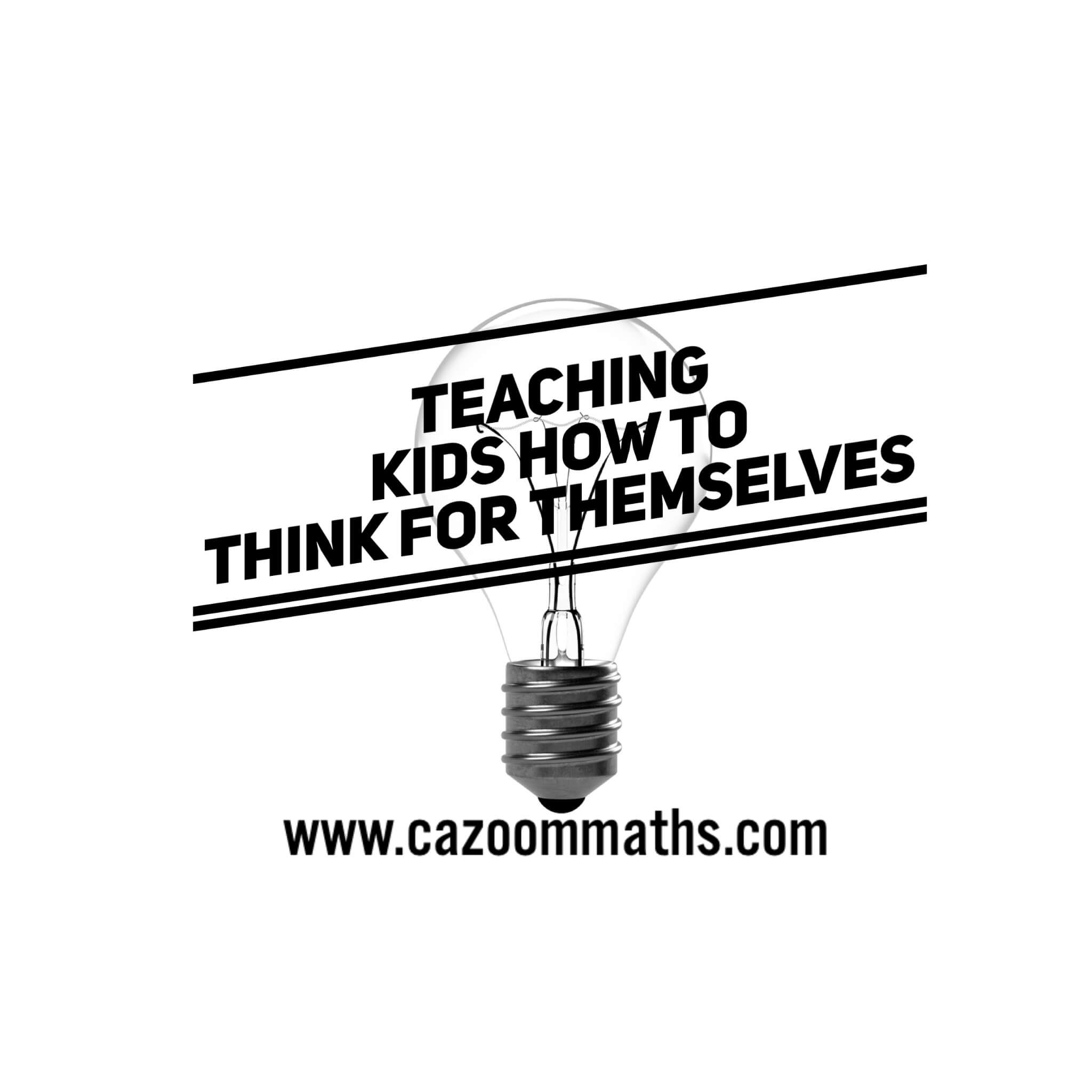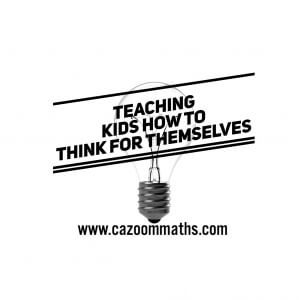Thinking. We all do it. It’s natural right? Kids don’t have to learn how to breathe, so why do kids have to learn how to think?
What about if thinking wasn’t as natural as we tend to assume? What about if thinking, or not thinking, was an art that we could teach kids to perfect?
Unlike breathing, thinking is something that we can actually stop doing. This tells us that it is not a natural instinct in the way that breathing is. What this means is that thinking is in fact a skill that we can teach kids how to develop.
Undoubtedly we want our kids to be able to think for themselves and this article outlines the steps to doing so. We have already completed the first step by recognising that thinking is something that can be taught.
Now that we recognise that thinking is something that can be taught, the next step is to see that thinking can be categorised as effective or not effective.
How to Teach Children how to Think Effectively
Well let’s first examine what we mean by effective thinking.
Effective thinking creates thoughts which not only identify problems, but also produce questions. These questions directly guide the thinker towards a solution.
The Role of Questioning
The key to what I call “effective thinking”, is asking “the right” questions. In order for kids to think effectively they have to know how to ask the right questions.
The typical modern-day student approaches a problem with the attitude that they need to know something (else) in order to solve it. What is more useful is to foster an environment, in our homes and in our classrooms, whereby the attitude towards a problem, provides an opportunity to ask a question.
Why is Effective Thinking Important?
Effective thinking is important because of what it evokes. What does effective thinking evoke?
- An ability to solve one’s problems for oneself
- Self-confidence and self esteem
- Creativity and new ideas
- Open mindedness and new opportunities
Like critical thinking, effective thinking is about openness. We need to encourage kids to approach problems with enough openness to consider a wide range of options, yet enough confidence to take a deliberate route.
So how do we teach kids how to ask “the right” questions?
- Avoid allowing your students to ask “can you help me?” without them following that statement with another question. “Can you help me?” is not really a question, is it? 🙂 I’ve written more about this in another article, you can find it here.
- Encourage students to focus on what they do know rather than focusing on what they don’t know. For example if a student says that they don’t know how to add fractions, let them realise that they do know what a fraction represents, and if they don’t know what a fraction represents let them see that they do understand that if 2 circles are shaded out of 4 circles that is a half.
- Never give away the answer. In the above example you wouldn’t mention that the answer is a half at all. The word half wouldn’t even leave your mouth.
- Get in the habit of answering questions with your own question. For example to the question, “Sir, how do I find the area of it?”, you could ask, “well, what is the shape of it”?
In Conclusion
Effective thinking comes from asking good questions. Effective thinking is also something that can and should be taught. Effective thinking isn’t about overthinking. If overthinking is running a 15,000m long distance race on a running track, then effective thinking is running a cross-country marathon across the Kenyan Serengeti - its far more scenic with a lot more to explore. I'll be back next week with more hot topics on teaching, learning, school maths and self-development. If there's anything you'd like to discuss, do comment below.



One Response
Thanks, great article.